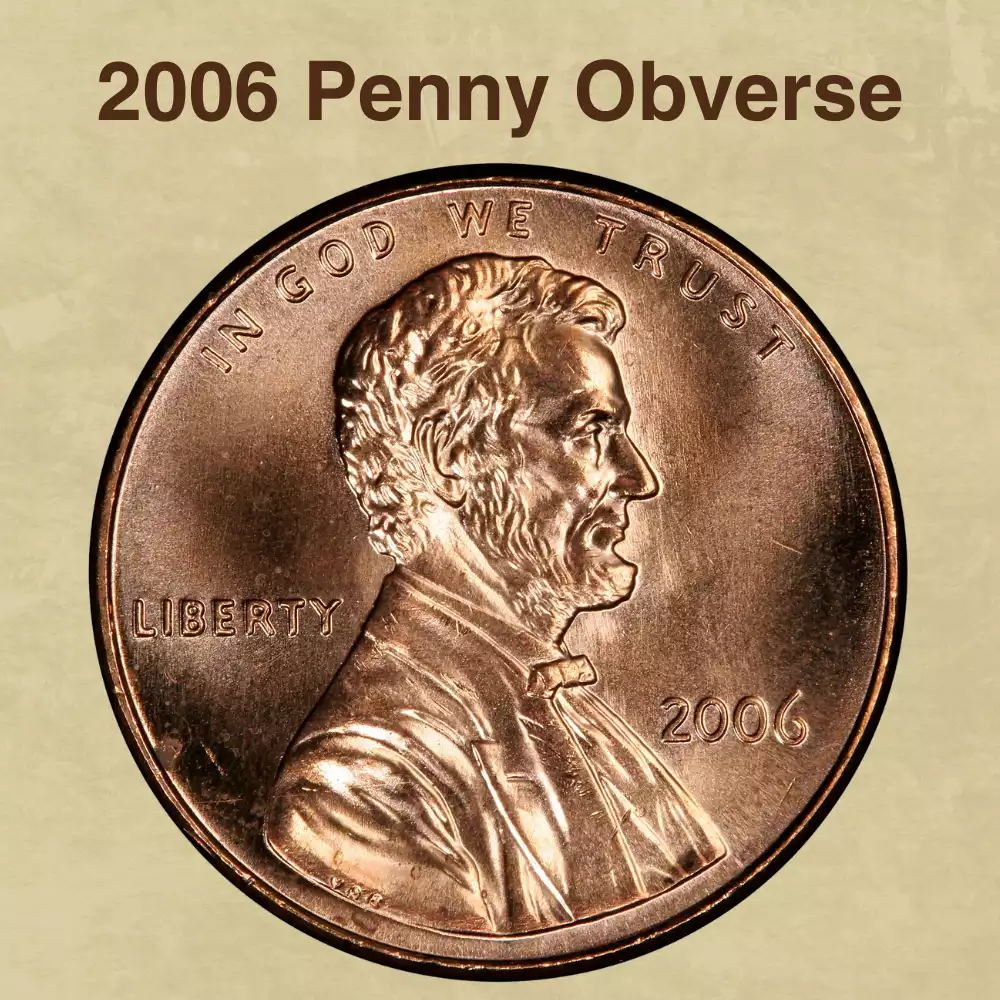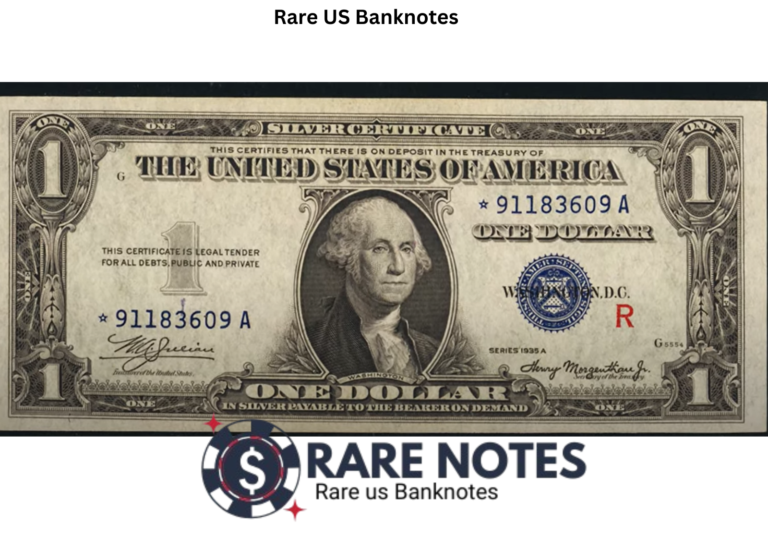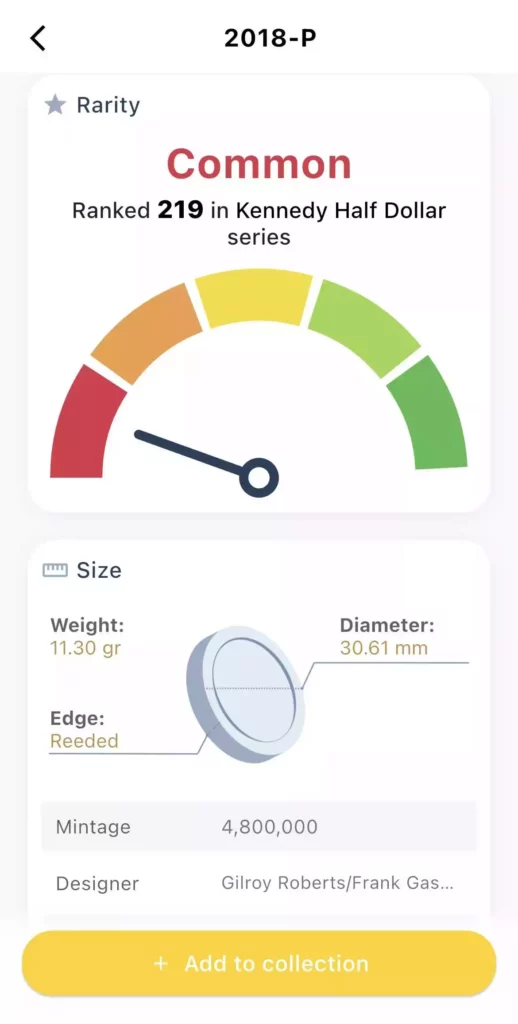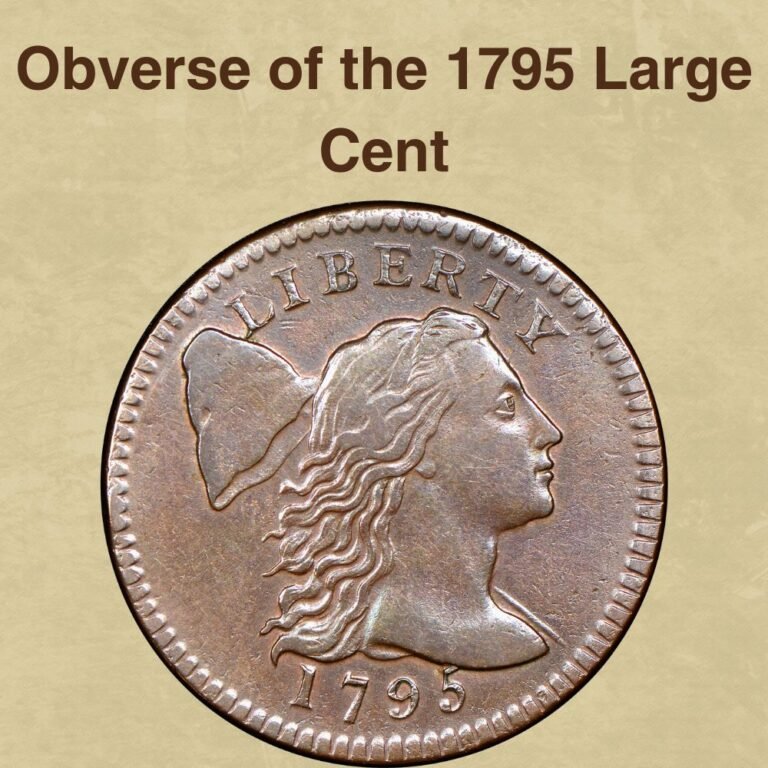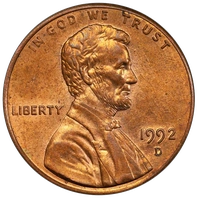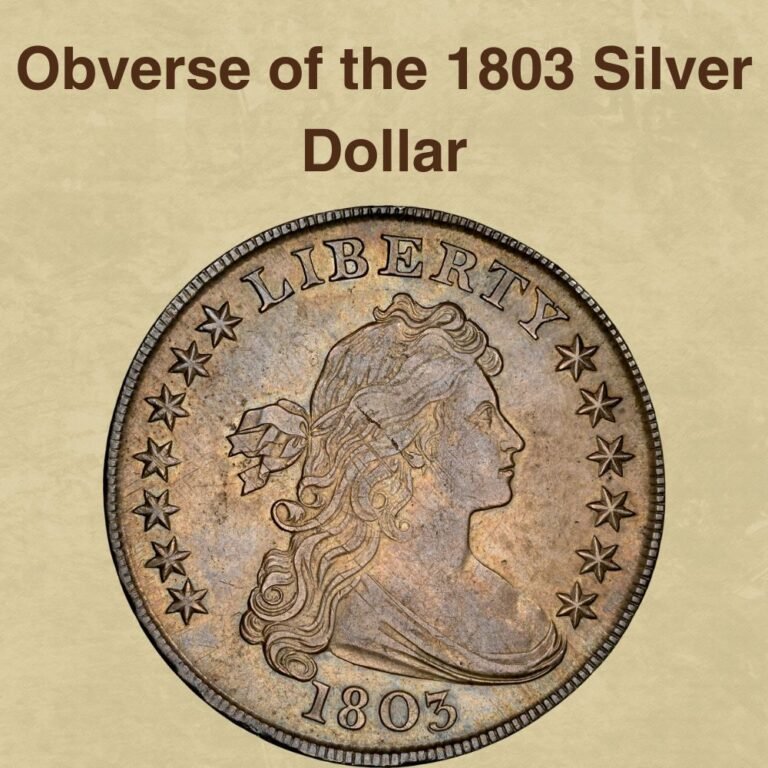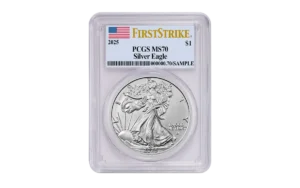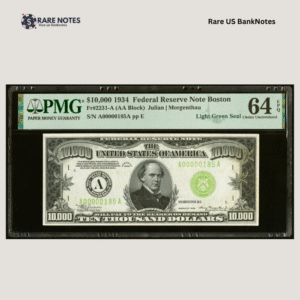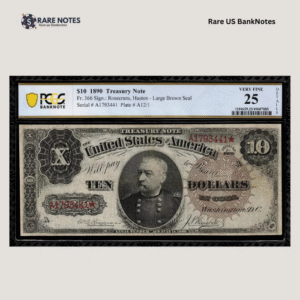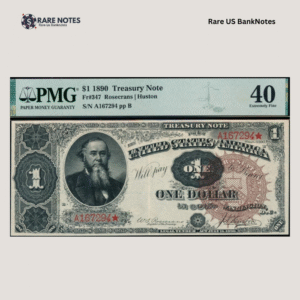Looking at your loose change with new eyes might reveal an unexpected treasure. While the 2006 penny represents one of the common coins in American currency history—with over 4.2 billion struck at Philadelphia and nearly 4 billion more at Denver—certain pristine examples have defied all expectations at auction.
The most remarkable sale occurred when a 2006 MS68RD specimen commanded $2,640 in 2020, proving that even modern pennies can achieve significant premiums in perfect condition.
Only in MS68 condition or higher are 2006 Lincoln Cents considered very scarce to rare, making these top-grade survivors genuine treasures hiding in plain sight among billions of ordinary cents.
2006 Penny Value By Variety
The table below shows current market values of 2006 pennies based on their condition and type.
2006 Penny Value Chart
| TYPE | GOOD | FINE | AU | MS | PR |
|---|---|---|---|---|---|
| 2006 No Mint Mark Penny Value (RD) | — | — | — | $146 | — |
| 2006 D Penny Value (RD) | — | — | — | $54 | — |
| 2006 S DCAM Penny Value | — | — | — | — | $5 |
| 2006 Satin Finish Special Strike Penny Value (RD) | — | — | — | $82 | — |
| 2006 D Satin Finish Special Strike Penny Value (RD) | — | — | — | $13 | — |
Tip: The 2006 Satin Finish is graded SP (Specimen), not MS. Listed under MS for formatting only.
Chart shows Red (RD) prices only. For Brown (BN) or Red-Brown (RB) values, check our CoinValueChecker App for comprehensive information across all color designations.
2006 Penny Market Trend
Market Interest Trend Chart – 2006 Penny
The market interest in 2006 pennies has experienced notable fluctuations over the past decade, with two distinct peaks marking periods of intense collector activity.
The first major surge occurred in August 2017, followed by another significant spike in July 2019. These dual peaks reflect the evolving nature of modern coin collecting, where initial discovery enthusiasm often resurfaces as collectors reassess values and rarity.
Between these high-water marks, the market has shown characteristic waves of interest, with periods of steady activity punctuated by quieter phases. Recent trends suggest that 2006 pennies continue to maintain their appeal among numismatists.
To better understand where 2006 pennies stand in the current collecting landscape, check out the comprehensive US Coin Market Trend Ranking (Top 100) for detailed market positioning and comparative performance analysis.
History of the 2006 Penny
The 2006 penny emerged during a transformative period in American currency production, representing one of the high mintage years in Lincoln cent history.
The U.S. Mint struck over 4.2 billion Lincoln Cents at the Philadelphia Mint in the year 2006, while Denver contributed an additional 3,944,000,000 pieces, creating a combined production exceeding 8.2 billion coins. This massive output reflected the robust American economy and high demand for small denomination currency during the mid-2000s economic expansion.
The Lincoln Memorial penny series ran from 1958-2008, making 2006 pennies part of the established design that would continue for two more years before undergoing its dramatic transformation.
Beyond regular circulation strikes, 2006 continued the innovative satin finish production that had been introduced by the U.S. Mint in 2005. The 2006 mint set was originally issued by the U.S. Mint and a total of 847,361 were assembled, featuring the special satin finish pennies that represented this relatively new approach to collector coins.
Additionally, the U.S. Mint branch facility in San Francisco produced 3,054,436 proof pennies in 2006, continuing the tradition of premium collector versions.
This diversified production strategy reflected the Mint’s recognition of growing collector interest in modern coins, setting the stage for the numismatic excitement that would surround the upcoming Lincoln Bicentennial celebration.
Also Read: 10 Most Historic Years of Modern Lincoln Penny (1959-Date)
Key Features of the 2006 Penny
The Lincoln pennies’ features, design, and composition have evolved significantly since their debut in 1909. For instance, the reverse design underwent four major transformations throughout the series. The Memorial design era, which began in 1959, continued through 2008, making coins minted in 2006 part of this nearly five-decade run of Memorial Lincoln cents.
The Obverse of the 2006 Penny

The obverse side of the 2006 penny features Abraham Lincoln’s portrait as the central element. This profile has remained unchanged since 1909 when Victor David Brenner first created it.
Lincoln’s profile is positioned in the center of the coin’s obverse, facing right. Above his portrait, just below the rim, appears the motto IN GOD WE TRUST. The word LIBERTY is located along the left side of the field, aligned with Lincoln’s neck area.
The minting year 2006 is positioned on the lower right side of the coin, in front of Lincoln’s chest, while the mint mark appears below the date when present. Brenner’s initials, VDB, are located under Lincoln’s right shoulder.
The Reverse of the 2006 Penny

The reverse design of the 2006 Lincoln penny displays Frank Gasparro’s creation that debuted in 1959, replacing the wheat stalks design. The central feature of this reverse side is the Lincoln Memorial, with President Lincoln’s statue visible within the structure.
Above the Memorial is the Latin motto E PLURIBUS UNUM. The inscription UNITED STATES OF AMERICA curves along the upper rim, while the denomination ONE CENT is positioned across the center lower portion. Frank Gasparro’s initials, FG, are located near the Memorial’s lower right corner.
Other Features of the 2006 Penny
The 2006 pennies are round-shaped coins with a plain edge. Each coin weighs 0.088 ounces (2.5 grams) and measures 0.748 inches (19.00 mm) in diameter.
The thickness is 0.0598 inches (1.52 mm), while the composition consists of a zinc core with copper plating—97.5% zinc with 2.5% copper exterior.
2006 Penny Mintage & Survival Data
2006 Penny Mintage & Survival Chart
Survival Distribution
| Type | Mintage | Survival | Survival Rate |
|---|---|---|---|
| No Mint | 4,290,000,000 | unknown | unknown |
| D | 3,944,000,000 | unknown | unknown |
| S DCAM | 3,054,436 | 2,843,679 | 93.1% |
| No Mint SP | 847,361 | unknown | unknown |
| D SP | 847,361 | unknown | unknown |
The 2006 penny production figures reveal the massive scale of modern American coinage, with Philadelphia leading output at 4.29 billion pieces while Denver contributed 3.94 billion coins. These circulation strikes represent some of the high mintages in Lincoln cent history, reflecting robust economic demand during the mid-2000s.
In contrast, collector varieties were produced in much smaller quantities, with San Francisco striking just over 3 million proof coins and both mint facilities creating 847,361 satin finish specimens each for special mint sets.
While circulation strikes from both mints have unknown survival rates due to their enormous production volumes, the 2006-S DCAM proofs demonstrate an exceptionally high 93.1% survival rate among certified specimens, indicating strong collector retention of these premium coins.
This preservation pattern reflects the growing sophistication of modern numismatists who recognize quality specimens early.
For comprehensive survival analysis across all Lincoln cent varieties, explore our detailed Lincoln Pennies Survival Ranking (Top 100) to understand which dates and mint marks have achieved the best preservation rates in today’s collecting market.
2006 Penny Grading
Grading a 2006 penny requires careful attention to surface quality, luster, and preservation of design details. The U.S. Mint struck over 4.2 billion Lincoln Cents at the Philadelphia Mint in the year 2006, making them very easy to obtain, even in uncirculated condition.
Only in MS68 condition or higher are they considered very scarce to rare. This dramatic shift from common to valuable occurs because achieving gem uncirculated grades requires exceptional preservation – no contact marks, full original luster, and complete design sharpness.
The difference between grades can be substantial: while most 2006 pennies grade MS63-65, the rare MS68 specimens have commanded over $2,600 at auction.
For collectors seeking precise grade assessment, our CoinValueChecker App provides instant professional-level grading analysis using advanced image recognition technology.
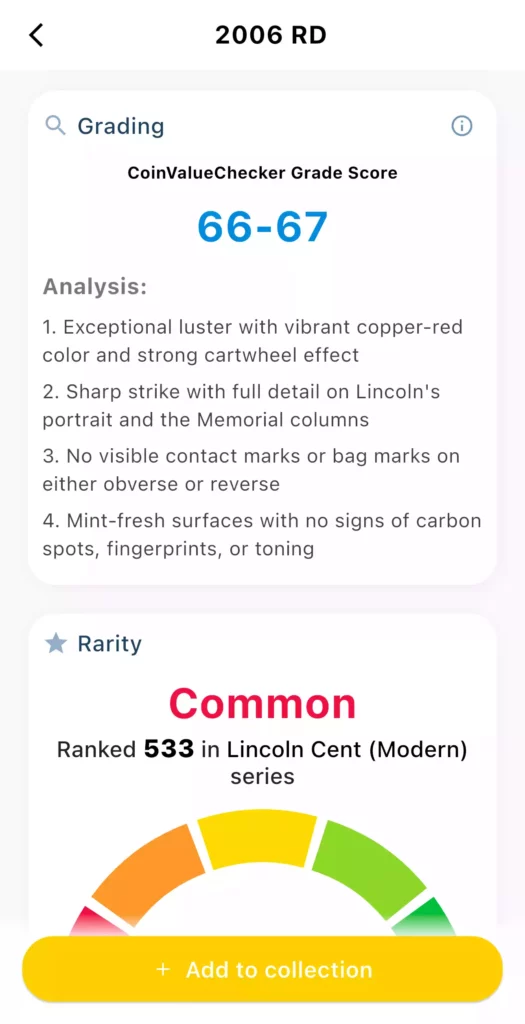
Understanding these grading nuances becomes essential when building a quality Lincoln cent collection, as condition drives value more than rarity for most modern issues. For comprehensive grading techniques and standards specific to Lincoln cents across all eras, explore our detailed guide on How to Grade Lincoln Pennies.
2006 Penny Value Guides
The 2006 penny collection encompasses five distinct varieties produced across different U.S. Mint facilities, each serving specific purposes for circulation and collectors:
- 2006 No Mint Mark Penny – Philadelphia Mint
- 2006-D Penny – Denver Mint
- 2006-S DCAM Penny – San Francisco Mint proof with Deep Cameo finish
- 2006 Satin Finish Special Strike Penny – Philadelphia Mint special collector version
- 2006-D Satin Finish Special Strike Penny – Denver Mint special collector version
These five varieties represent the complete spectrum of 2006 penny production, from massive circulation strikes totaling over 8.2 billion coins to limited collector editions featuring special finishes and enhanced visual appeal for numismatic purposes.
2006 No Mint Mark Penny Value

The 2006 No Mint Mark penny represents Philadelphia Mint’s massive production effort with over 4.2 billion coins struck, making it one of the high mintage years in Lincoln cent history.
Despite this enormous quantity, these coins become exceptionally valuable in premium grades, with color designation playing a crucial role in determining value.
The finest Red (RD) specimen achieved $2,640 at auction in 2020, while Red-Brown (RB) and Brown (BN) examples command lower premiums, with the highest recorded Brown specimen reaching $85 for an MS69BN grade in 2021.
2006 No Mint Mark Penny (RD) Price/Grade Chart
Price by 1-70 Grade (Latest Auction Records Included)


